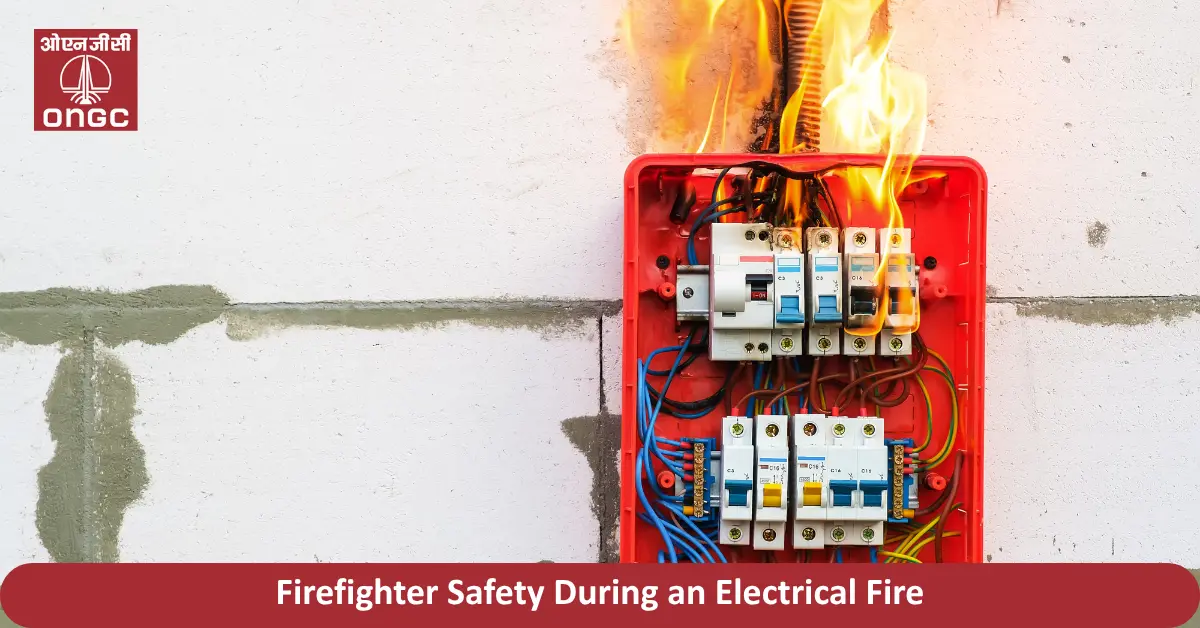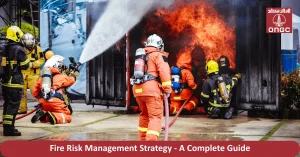Firefighter Safety During an Electrical Fire

Table Of Contents
- 1. Common Causes and Behaviour of Electrical Fires
- 2. Immediate Response When an Electrical Fire Starts
- 3. Safe Firefighting Methods and What to Avoid
- 4. Protective Gear and Firefighter Safety Practices
- 5. Training and Preparedness for Electrical Fire Response
- 6. ATI ONGC’s Role in Electrical Fire Safety
- 7. Key Takeaways
- 8. FAQs on Electrical Fire Safety
- 9. Related Posts



